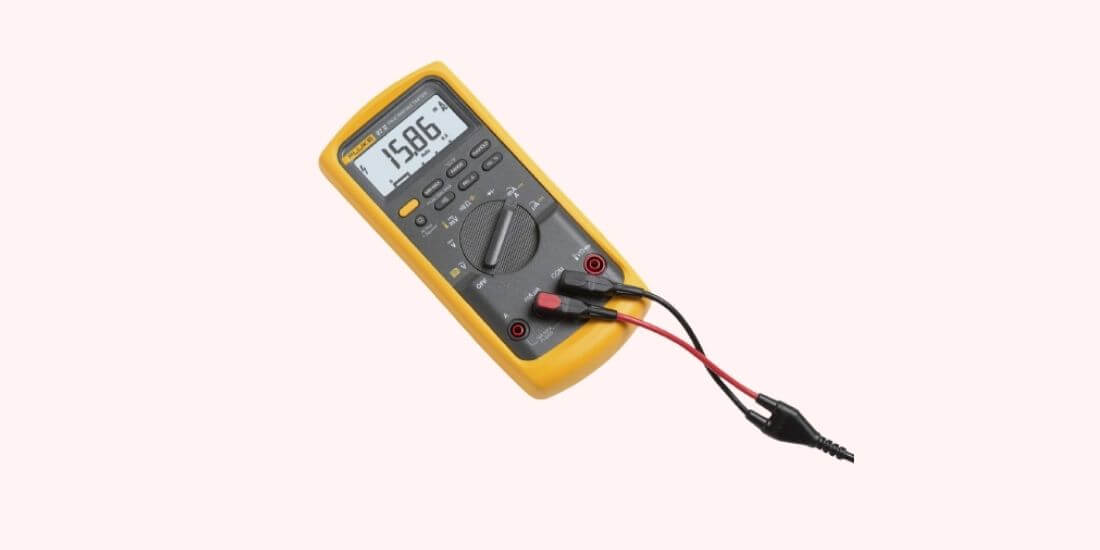HFE stands for hybrid parameter forward current gain, known emitter. Additionally, it measures the junction transistor’s DC (direct current) gain.
Being raised by an electrician is the best thing that has ever happened to me. Since my childhood, I have never seen my father ask another electrician to fix something. He would open the device himself and try to fix it, and at the end of the day, the device started functioning.
I used to picture my father as a hero. I was so keen on looking at how is making things happen. For him, it seemed so easy, which would give me the morale of knowing how is making all this happen.
I would spend most of my holiday days saying with him just to learn a new thing every day.
The best part was when he sent me the spare parts in the stores. I used to learn more at that point, and that’s where I would figure out the importance of the spare part in the device.
As time went by, I became so obsessed with everything to do with electronics, and every day, I was possed to know a new thing.
Slowly my father started to involve me while making any device, and by the end of four months, I was an expert.
I would make a device function, and my father would wonder how I made it happen. He was so proud of me, and that’s what kept me going. He supported me fully in which I ended up taking electrical classes to perfect my knowledge.
If you are a newbie to multimeters and wonder about the various symbols inscribed on a multimeter, worry not. In this post, we will discuss everything you need to know.
A multimeter is a tool made to measure electric current, voltage, and resistance. However, there are advanced multimeters used to measure support capacity and continuity and ad inductance measurements.
If it is your first time using a multimeter, It’s possible you have come across various signs that may be confusing to you but very vital to comprehend. Therefore, its important to understand how the multimeter operates.
One of the signs is the HFE sign. HFE stands for hybrid parameter forward current gain, known emitter. Additionally, It measures the junction transistor’s DC (direct current) gain.
This means if you come across it on a multimeter, it’s used to show a mode in which the multimeter can be able to check the transistor’s junction.
HFE of a transistor
Transistor’s HFE is the amplification factor or current gain of a transistor. HFE is a factor where the base current has to be amplified to provide an amplified current transistor.
This is the base current in which its subjected to amplification through an HFE factor to give an amplified current through the emitter and collector terminals.
A transistor works by feeding current into the transistor’s base. The base current gets amplified by the HFE to give its amplified current.
Each transistor has its own peculiar HFE. The HFE is normally seen as a constant around 10 to 500, although it varies somehow depending on temperature and collector-to-emitter voltage changes.
Additionally, it’s essential to keep in mind that HFE is broadly variable and unpredictable; therefore, a good transistor circuit is important to provide predictable and stable amplification for transistor circuits to account for the unpredictability. Therefore, it’s advisable to use a great and reliable multimeter model.
Ensure you look at the datasheet of the transistor for the value of HFE in its specifications.HFE may refer to AC or DC gain.
The datasheet will normally specify if the HFE value is BD or AC gain. It is also good to understand that HFE is greatly variable.
The datasheet will specify a maximum and minimum HFE for the transistor. It is challenging for a transistor to be built with a specific HFE value. Due to this, manufacturers normally specify the possible range that HFE may be within.
Conclusion
HFE stands for hybrid parameter forward current gain, known emitter. Additionally, It measures the junction transistor’s DC (direct current) gain.
This means if you come across it on a multimeter, it’s used to show a mode in which the multimeter can be able to check the transistor’s junction.
Learning about electronics is one of the most exciting things one would do. Every time you learn a new thing, that’s the beauty of it.
If you love electronics, it’s good to know more about them so that even if something happens to them, you do not have to take it to an expert. If it’s something, you can check where the problem is.
This article will help you know more about HFE and its purpose in the multimeter.
-
Multimeters are electrical equipment that measures voltage, resistance, and current. The multimeter is a safe…
-
The main outstanding difference which can be helpful to you is that a clamp meter…
-
In metal working, accuracy and simplicity are two of the most important factors. That is…
-
This is a public or personal two-way radio service affected by various factors that can…
-
Yes, the image of the object is inverted in the microscope. In the world of…
-
Power watts are a significant factor to consider when purchasing a photovoltaic system for your…
-
Unless you are a technician who needs to alternate between True RMS and automotive meters,…
-
A transistor is a semiconductor device used to amplify or switch electrical signals and power.…



